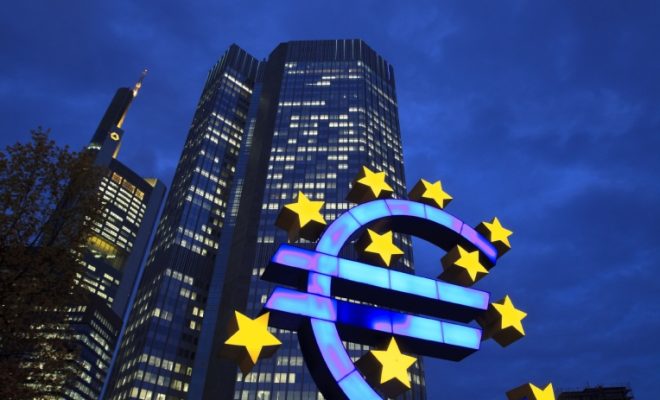What will not change in the monetary policy of the ECB

ECB, monetary tightening continues. Inflation more important than growth reduction. The analysis by Roberto Rossignoli, Moneyfarm Portfolio Manager
Last Thursday's meeting of the European Central Bank (ECB) brought some interesting news on the European monetary policy front. Let's go in order. Today there were four components to be monitored carefully: decision on interest rates, update on the institution's official economic projections, direction of the securities purchase programs and press conference. Interest rates were not altered, as expected. But on the rest, the surprises were not few.
Let's start with the projections. For 2022, the economic growth of the Eurozone was revised downwards, from 4.2% to 3.7%, and even greater was the change in inflation, revised upwards from 3.2% to 5.1%. This change in projections has profound consequences on monetary policy decisions and, in this context, the decision to accelerate the reduction in government bond purchases is not out of place, although it certainly surprises investors who expected the ECB to perhaps give more weight to the reduction of growth prospects and the increase in inflationary pressures. The only positive point comes from the fact that whatever decision is made on the rise in interest rates, it will not take place immediately after the end of the quantitative easing program, but will be gradual.
The press conference didn't add much to a perceived hawkish decision anyway. The impact of the war and the consequent energy crisis is more dangerous for inflation and, in this context, Lagarde considers natural the moves aimed at normalizing monetary policy, distancing herself from the idea that the latest announcement represents a decisive tight.
With the meeting in March, the Frankfurt bank therefore disappointed the expectations of those hoping for an at least partial provision for the reduction in the purchase of securities by the central bank. Indeed, an acceleration of the decrease in quantitative easing programs now appears more a certainty than a possibility. The markets are behaving as expected in this scenario: the Euro strengthened against the Dollar, while interest rates rose with the spreads of the widening peripheral countries. A rate hike has already been priced in as early as the fourth quarter.
This type of rhetoric has surprised many traders, who were perhaps expecting a slowdown on monetary tightening, given Europe's exposure to possible trauma resulting from the war. The specter of stagflation finds its way into the minds of investors and casts a shadow of further uncertainty on the European economy.
Meanwhile, from overseas, the most recent data on the trend in consumer prices confirm that no geography is safe from this global trend. Inflation has been confirmed at 7.9% annually, at most for 40 years and, with the prices of raw materials continuously rising, normalization still appears far from immediate.
This is a machine translation from Italian language of a post published on Start Magazine at the URL https://www.startmag.it/economia/che-cosa-non-cambiera-nella-politica-monetaria-della-bce/ on Tue, 15 Mar 2022 07:00:16 +0000.
